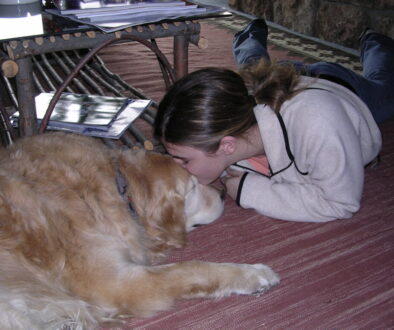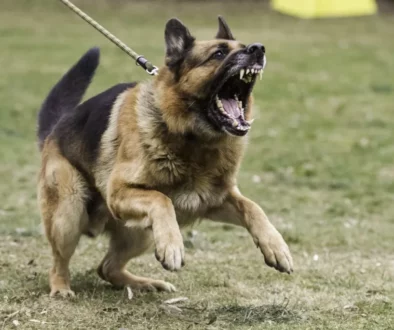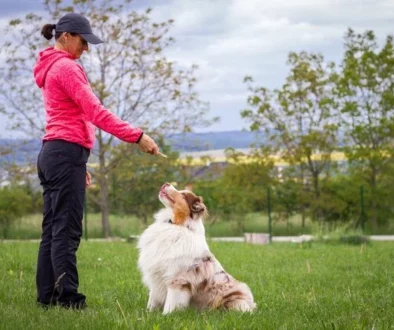Mastering Recall: Teaching Your Dog to Come When Called
One of the most crucial commands a dog can learn is recall, or the ability to come when called. A reliable recall is not only essential for the safety of your dog but also allows for a greater level of freedom and enjoyment during walks and off-leash adventures. Mastering recall is essential for a happy and obedient dog. In this article, we will explore the importance of recall training and provide you with effective strategies to master this command with your four-legged companion.
Recall training is vital for every dog, regardless of breed or age. It serves as a lifeline, giving you control in potentially dangerous situations. Whether it’s avoiding traffic, staying away from harmful substances, or preventing interactions with aggressive dogs, a strong recall can prevent accidents and save lives.
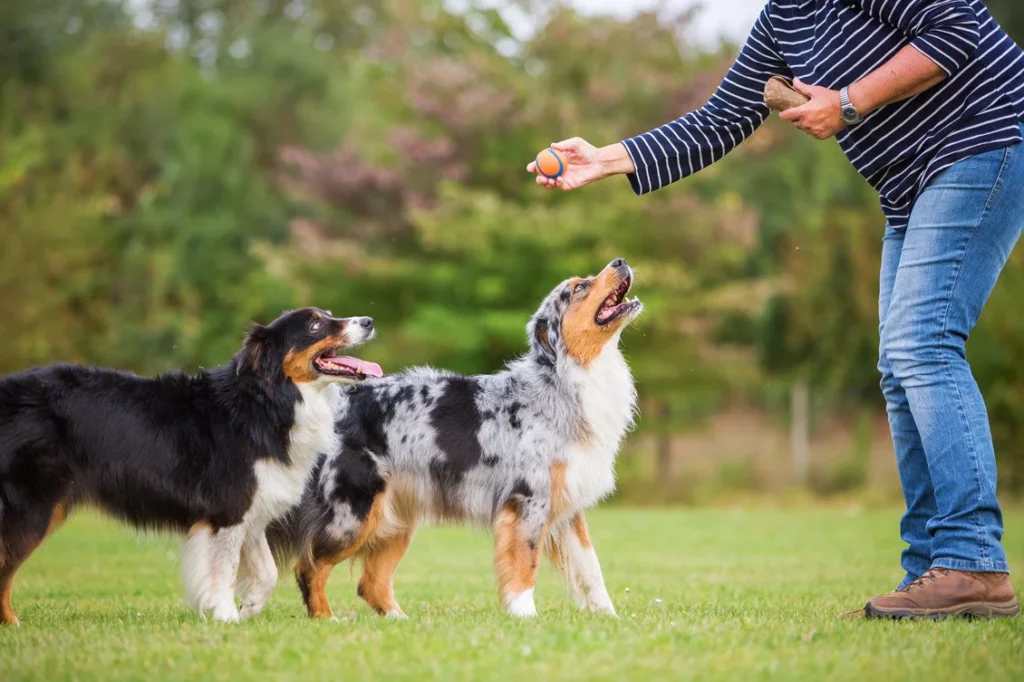
Understanding the Recall Command
Understanding the recall command is crucial for effective recall training. The recall command is used to call your dog back to you, ensuring their immediate return. Here are some key points to understand about the recall command:
- Consistency: The recall command should be consistent in both the cue word or phrase you use and your body language. Choose a word or phrase that is easy for you to remember and say in a clear and upbeat tone.
- Positive Association: Make the recall command a positive experience for your dog by associating it with rewards such as treats, praise, or playtime. When your dog responds to the recall command, reward them immediately and enthusiastically.
- Distinct Cue: Ensure that the recall command stands out from your everyday language and does not get diluted. Avoid using your dog’s name followed by the recall command, as your dog may become desensitized to their name and fail to respond.
- Reinforcement: Reinforce the recall command regularly to maintain its effectiveness. Practice recall training sessions frequently, even once your dog has learned the command, to reinforce the behavior and keep it strong.
- Gradual Progression: Start recall training in a controlled environment before gradually introducing distractions and more challenging situations. This progressive approach helps your dog build a solid foundation before facing distractions that may hinder their response to the recall command.
- Safety: The recall command is not just a matter of obedience but also plays a crucial role in your dog’s safety. Proper response to the recall command can prevent your dog from running off, approaching unsafe objects or situations, or getting into potential dangers.
Building a Strong Foundation for Recall Training
To successfully teach your dog to come when called, it’s essential to establish a strong foundation. This foundation involves building a strong bond with your dog, reinforcing basic obedience commands, and assessing your dog’s temperament.
Establishing a Strong Bond with Your Dog
Building a strong bond with your dog forms the basis for effective training. A bond based on trust, love, and positive interactions will motivate your dog to listen to you and want to please you. Spend quality time with your dog, engage in interactive play, and provide praise and affection. This bond will make your dog more receptive and attentive during training sessions.
Reinforcing Basic Obedience Commands
Before diving into recall training, ensure that your dog understands and responds well to basic obedience commands such as sit, stay, and come. These basic commands establish the groundwork for more advanced training, including recall. Practice and reinforce these commands regularly to build consistency and reliability.
Assessing Your Dog’s Temperament
Understanding your dog’s temperament is crucial when developing a training approach. Dogs have different personalities, and some may be more eager to please and trainable than others. Assess your dog’s temperament to determine the best methods and techniques for recall training. Consider factors such as their responsiveness, sensitivity, and level of distractibility. Adapting your training approach to your dog’s unique temperament will increase the likelihood of success.
Choosing the Right Training Techniques
Choosing the right training techniques is crucial when teaching your dog to come when called. In recall training, positive reinforcement, clicker training, and leash and long-line training are effective approaches to consider.
Positive Reinforcement
Positive reinforcement involves rewarding your dog for desired behaviors. When your dog responds to the recall command and comes to you, immediately praise and reward them with treats, verbal praise, or playtime. By associating the recall command with positive experiences, your dog will be more motivated to repeat the behavior. Positive reinforcement creates a positive association with coming when called and strengthens your dog’s recall response.
Clicker Training
Clicker training is a popular and effective technique for recall training. The clicker is a handheld device that makes a distinct clicking sound. The purpose of the clicker is to mark the exact moment your dog performs the desired behavior, in this case, coming when called. Pair the sound of the clicker with a reward such as treats or praise. Eventually, your dog will associate the sound of the clicker with the reward, making it an effective communication tool. Clicker training adds clarity and precision to recall training and can accelerate your dog’s learning process.
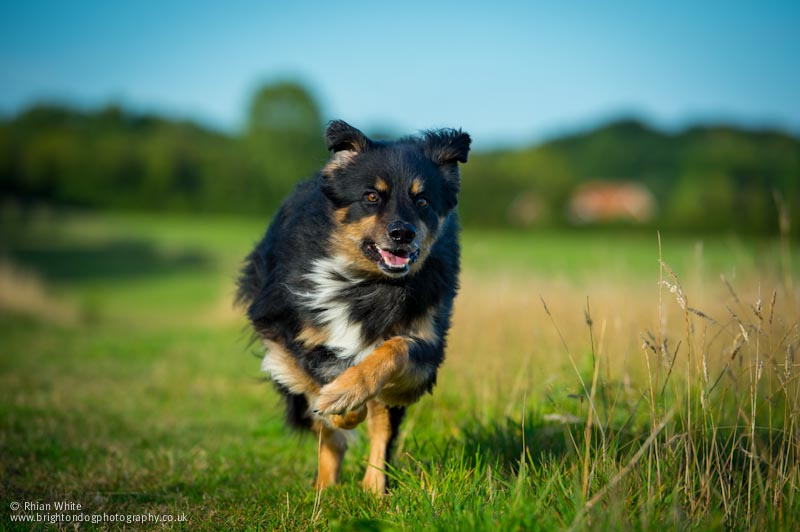
Leash and Long-Line Training
Leash and long-line training are useful for recall training, especially in the early stages. Start by attaching a leash or a long, lightweight line to your dog’s collar or harness. Allow your dog to explore and move freely while maintaining control through the leash or long line. Practice the recall command in a controlled environment with minimal distractions. As your dog becomes more reliable in responding to the recall command, gradually increase the distance between you and your dog, all while maintaining control using the leash or long line. By using these tools, you can reinforce the recall behavior and ensure your dog’s safety during training sessions.
Creating an Effective Recall Training Plan
Creating an effective recall training plan lays the foundation for success in teaching your dog to come when called. A well-structured plan involves starting in a controlled environment, gradually increasing distractions, practicing in different locations, and incorporating “real-life” scenarios.
Starting in a Controlled Environment
Begin recall training in a quiet and familiar space with minimal distractions. This controlled environment allows your dog to focus on learning the recall command without competing interests. Begin by calling your dog’s name followed by the recall command, using an enthusiastic and inviting tone of voice. As your dog responds and comes to you, reward them with treats, praise, and affection. Consistently practice in this controlled environment until your dog responds reliably to the recall command.
Gradually Increasing Distractions
Once your dog consistently responds to recall in a controlled environment, it’s time to introduce mild distractions. Start by adding low-level distractions such as toys or mild environmental sounds. Maintain your dog’s focus by using higher-value treats or rewards. Gradually increase the level of distractions as your dog becomes more reliable in their recall response. This step-by-step approach helps your dog generalize the behavior, ensuring they respond to the recall command even in the presence of distractions.
Practicing in Different Locations
To ensure that your dog understands the recall command regardless of the location, practice in different environments. Begin by practicing in familiar locations where your dog feels comfortable and secure. Once your dog responds consistently in familiar places, gradually introduce them to new environments, such as parks or friends’ houses. Exposing your dog to different locations helps them generalize the recall behavior and respond reliably no matter where they are.
Using “Real-Life” Scenarios
Incorporating “real-life” scenarios into recall training is essential for teaching your dog to come when called in practical situations. This can include recalling your dog during playtime, recalling them away from other dogs or food, or even recalling them from potentially dangerous situations. By practicing recall in these real-life scenarios, you reinforce the importance of immediate response to the recall command. It also helps your dog understand that coming when called is non-negotiable and leads to positive outcomes.

Conclusion: Mastering Recall
Mastering recall is an essential skill that every dog owner should prioritize. By understanding the importance of recall training, establishing a solid foundation, and implementing effective techniques, you can successfully teach your dog to come when called. Remember to be patient, consistent, and positive throughout the training process, and enjoy the remarkable bond and freedom that a reliable recall can bring.
Also Read:

